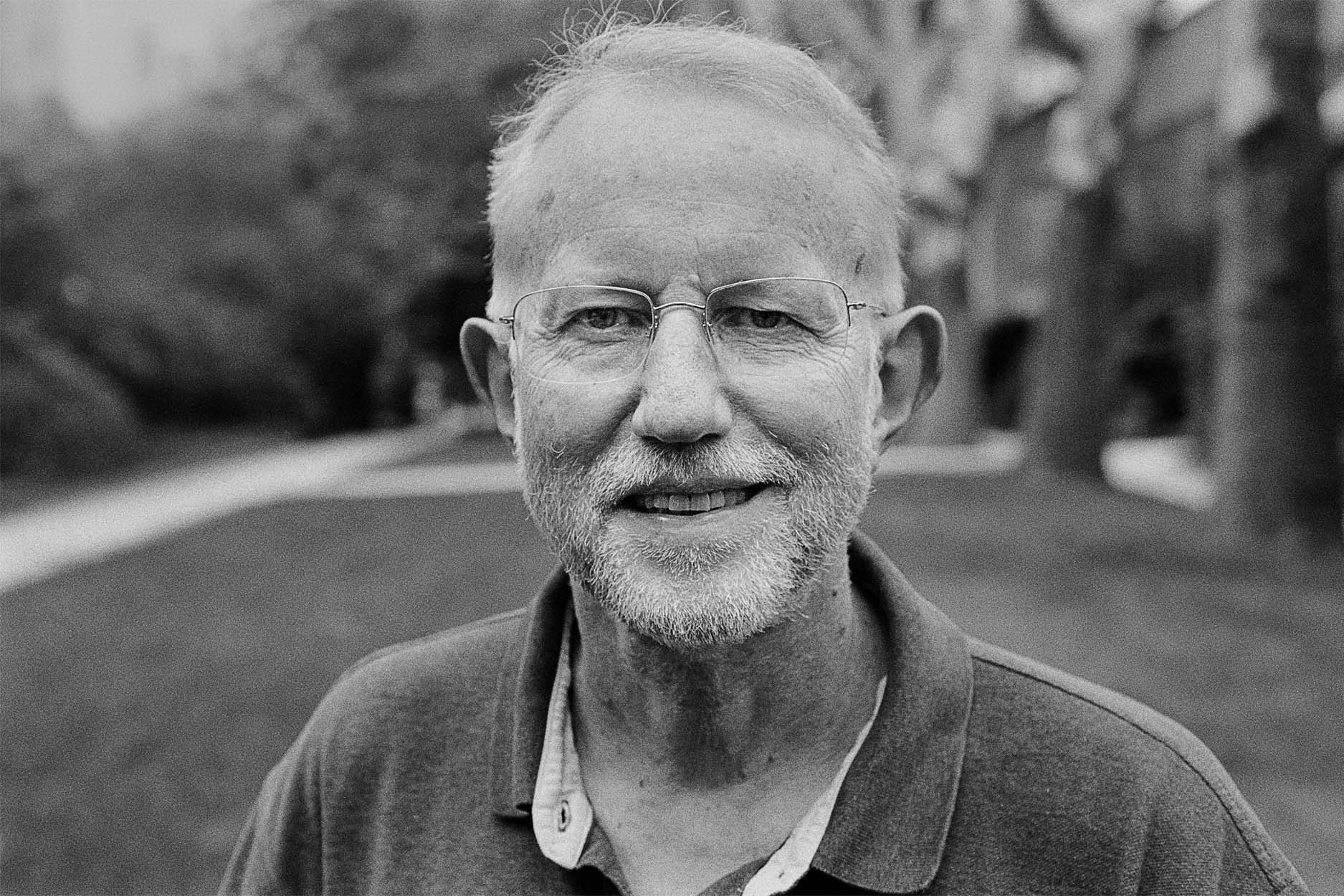
In 1989, Charles Rice received a phone call from Stephen Feinstone, a virologist who had studied viral hepatitis for many years. At the time, Rice had been working on the yellow fever virus and had recently published a paper suggesting that an infectious clone of the virus could be altered to construct vaccines for other viruses. Feinstone thought that Rice’s technique could be used to establish a vaccine for the recently identified hepatitis C virus (HCV). In his Nobel Lecture, Rice titled one of the slides, “How a phone call from Steve Feinstone changed my life.”
In the 1970s, HCV was known as non-A, non-B hepatitis. After the discoveries of hepatitis A and B, people continued to fall ill with an unknown blood-borne virus, causing chronic hepatitis and cirrhosis. Soon after HCV was discovered as the causative agent of non-A, non-B hepatitis in 1989, Rice and his team began to study the HCV genome, with the aim of finding treatment and a vaccine for this virus, which affected over 100 million people globally in the early 1990s.
It took many years to demonstrate how the virus infects liver cells and causes infection. The main obstacles in these studies were the variability of the HCV genome, the difficulty of coaxing the virus to replicate in cell cultures, as well as the lack of a mouse model; chimpanzees were the only animals that could be experimentally infected with HCV. In 1997, Rice and his colleagues succeeded in constructing the first infectious clone of HCV and were able to provide evidence of infection in chimpanzees. The next step was to enable HCV replication in cells in the laboratory. Using novel techniques in molecular engineering, Ralf Bartenschlager’s laboratory and Rice’s team created self-replicating RNAs from HCV, and identified adaptive mutations, which enabled the creation of a robust RNA replication system for the virus.
Rice’s research helped propel drug discovery and effective treatment for hepatitis C. There is still no vaccine. For his efforts, Rice received the 2020 Nobel Prize in Physiology or Medicine, along with Harvey J. Alter and Michael Houghton.
Charles Moen Rice or “Charlie” was born on 25 August 1952 in Sacramento, California. Dogs were an important part of his childhood, so studying veterinary medicine was a natural choice. But after taking courses in biology and chemistry at the University of California, Davis, Rice became fascinated with basic science. After graduating with a bachelor’s degree in zoology in 1974, Rice entered a graduate course in biochemistry at the California Institute of Technology. He joined the lab of virologist James Strauss, where he studied the Sindbis virus. Rice graduated with a PhD in biochemistry in 1981 and remained at Caltech as a postdoc, studying the nucleotide sequence of the yellow fever virus, which helped to determine the relationship of flaviviruses to other RNA viruses. Soon after, in 1986, Rice became assistant professor at the Washington University School of Medicine, where he remained for 15 years, becoming professor in 1995. A scholarship from the Pew Charitable Trust funded a pilot project to begin studies on HCV in 1989. In 2001, Rice became Scientific and Executive Director of the Center for the Study of Hepatitis C at the Rockefeller University.
